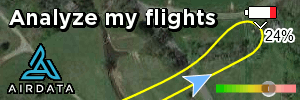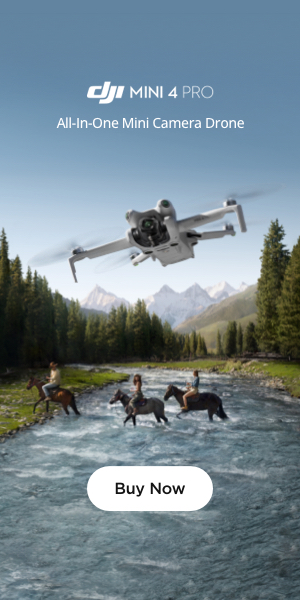We all know that polizer filters work best at 90 degrees to the sun.
There may be a location you want to film, but at the time that you want to film the location, the sun is not at 90 degrees to your flight path, so the polarizers won't work well.
An app called the photographers Ephemeris will show you when the sun will be at 90 degrees to the path you want to film in that location.
The time the sun is at 90 degrees to your flight path may not be at the civil twilight, or golden hour, but the quality of footage a polarizer can provide may compensate for that.
For some reason, the DOS desktop application is free (link down below - donations accepted - not me), but the IOS app is $10. I don't know about the cost on the Play store.
Being that this is a planning tool, you may not need the app in your phone. You may find the desktop application will suffice.
to use the tool, you locate where you want to fly, and in which direction. Then move the time slider at the bottom to to see when the sun will be at 90 degrees to your flight path at that location.
to get the most out of this tool, you have to play around with the various features, such as moving the red pin.
Note that you have to put in today's date. However, if you are planning a trip, this can help plan for that future date for many years (probably centuries as I'm sure it's based on something astronomical) into the future.
Hope this helps
A shot planned with TPE
There may be a location you want to film, but at the time that you want to film the location, the sun is not at 90 degrees to your flight path, so the polarizers won't work well.
An app called the photographers Ephemeris will show you when the sun will be at 90 degrees to the path you want to film in that location.
The time the sun is at 90 degrees to your flight path may not be at the civil twilight, or golden hour, but the quality of footage a polarizer can provide may compensate for that.
For some reason, the DOS desktop application is free (link down below - donations accepted - not me), but the IOS app is $10. I don't know about the cost on the Play store.
Being that this is a planning tool, you may not need the app in your phone. You may find the desktop application will suffice.
to use the tool, you locate where you want to fly, and in which direction. Then move the time slider at the bottom to to see when the sun will be at 90 degrees to your flight path at that location.
to get the most out of this tool, you have to play around with the various features, such as moving the red pin.
Note that you have to put in today's date. However, if you are planning a trip, this can help plan for that future date for many years (probably centuries as I'm sure it's based on something astronomical) into the future.
Hope this helps
A shot planned with TPE
Last edited:










